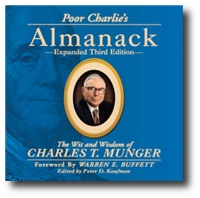
It seems that every year, Charlie Munger and the Daily Journal Annual Shareholder Meeting gets more and more media attention. Which is great, as Munger is now 97 years old. Yahoo Finance livestreamed the event, and you can view the full two-hour recording on YouTube. It’s much faster to read the entire transcript, kindly provided at sites like Latticework Investing and Junto Investments. Munger covered a lot of ground, and it’s nice to see he hasn’t lost his edge. I’ve edited things down to my personal highlights below.
On the popularity of the short-term trading of stocks like Gamestop. It is nothing fancier than gambling.
…that’s the kind of thing that can happen when you get a whole lot of people who are using liquid stock markets to gamble the way they would in betting on racehorses. And that’s what we have going in the in the stock market. And the frenzy is fed by people who are getting commissions and other revenues out of this new bunch of gamblers.
A few shots at Robinhood.
I have a very simple idea on the subject. I think you should try and make your money in this world by selling other people things that are good for them. And if you’re selling them gambling services where you make profits off of the top, like many of these new brokers who specialize in luring the amateurs in, I think it’s a dirty way to make money. And I think that we’re crazy to allow it. […] Well, it’s most egregious in the momentum trading by novice investors lured in by new types of brokerage operations like Robinhood. I think all of this activity is regrettable. I think civilization would do better without it.
Nope, Robinhood is not free.
Robinhood trades are not free. When you pay for order flow, you’re probably charging your customers more and pretending to be free. It’s a very dishonorable low-grade way to talk. Nobody should believe that Robinhood’s trades are free.
On SPACs:
Well, I don’t participate at all. And I think the world would be better off without them. I think this kind of crazy speculation in enterprises not even found or picked out yet is a sign of an irritating bubble. It’s just that the investment banking profession will sell shit as long as shit can be sold.
On Treasury bonds, government stimulus, and low rates:
Well no, I don’t think we have a bubble in Treasury securities. I think they’re a bad investment when interest rates are this low. I never buy any and neither does Daily Journal. But, no, I don’t think Treasury securities are a big problem.
I do think that we don’t know what these artificially low interest rates are going to do or how the economy is going to work in the future as governments print all this extra money. The only opinion I have there is that I don’t think anybody knows what’s going to happen for sure. Larry Summers has recently been quoted as being worried that we’re having too much stimulus. And I don’t know whether he’s right or not.
On higher stock prices due to low rates:
I think everybody is willing to hold stocks at higher price-earnings multiples when interest rates are as low as they are now. And so I don’t think it’s necessarily crazy that good companies sell at way higher multiples than they used to.
On the other hand, as you say, I didn’t get rich by buying stocks at high price-earnings multiples in the midst of crazy speculative booms. I’m not going to change. I am more willing to hold stocks at high multiples than I would be if interest rates were a lot lower. Everybody is.
On why DJCO kept its Wells Fargo shares when Berkshire Hathaway sold them all off:
Well, I don’t think it’s required that we be exactly the same on everything. We have different tax considerations. […] So, you can understand why Warren got disenchanted with Wells Fargo. I think I’m a little more lenient. I expect less out of bankers than he does.
On Bitcoin:
So, I don’t think Bitcoin is going to end up as the medium of exchange for the world. It’s too volatile to serve well as a medium of exchange. It’s really kind of an artificial substitute for gold, and since I never buy any gold, I never buy any Bitcoin. I recommend that other people follow my practice.
On Costco. Munger has said in the past that 1/3rd of his net worth is in Costco.
Costco I do think has one thing that Amazon does not. People really trust Costco will be delivering enormous value. And that is why Costco presents some danger to Amazon. They’ve got a better reputation for providing value than practically anybody, including Amazon.
How do you know you really understand something? Avoid confirmation bias.
Well, I do have a tip. At times in my life, I have put myself to a standard that I think has helped me: I think I’m not really equipped to comment on this subject until I can state the arguments against my conclusion better than the people on the other side. If you do that all the time; if you’re looking for disconfirming evidence and putting yourself on a grill, that’s a good way to help remove ignorance.
Can anyone become a great investor? Bad news.
I think people have the theory that any intelligent hardworking person can get to be a great investor. I think any intelligent person can get to be pretty good as an investor and avoid certain obvious traps. But I don’t think everybody can be a great investor or a great chess player. […] I don’t think it’s easy for ordinary people to become great investors.
What does Munger advise his charitable institutions to hold as assets? Munger also has 1/3rd of his assets run by Li Lu, and the final 1/3rd is Berkshire Hathaway shares.
Well, the one charitable institution where I have had some influence for a very long time has a whole bunch of hotshot financiers in every branch of wealth management there is on the board. And that institution has two assets in its endowment account. One is a big interest in Li Lu’s China fund, which is a limited partnership, and the other is a Vanguard index fund. As a result of holding those two positions, we have a lower cost than anybody else and we make more money than practically everybody else. So you now know what I do in charitable institutions.
Most people have “happiness thermostats”:
I think most people who are assuming tolerable success in life are about as happy as they were ordained to be. They wouldn’t be a lot happier if they were richer or a lot less happy if they’d been poor. I think most people are born with a happystat. That happystat has more to do with their happiness and their outcomes in life.
More on happiness:
The first rule of a happy life is low expectations. That’s one you can easily arrange. If you have unrealistic expectations, you’re going to be miserable all your life. I was good at having low expectations and that helped me.
On choosing a spouse:
A little wisdom in spouse selection is very desirable. You can hardly think of a decision that matters more to human felicity than who you marry. […] Well, you know, I had a failed marriage, so I don’t think I’m in the perfect position to advise the young about marriage.
Here are last year’s 2020 Daily Journal meeting video, transcript, and notes. Here are links to past Daily Journal meeting transcripts and lots of additional Munger material.
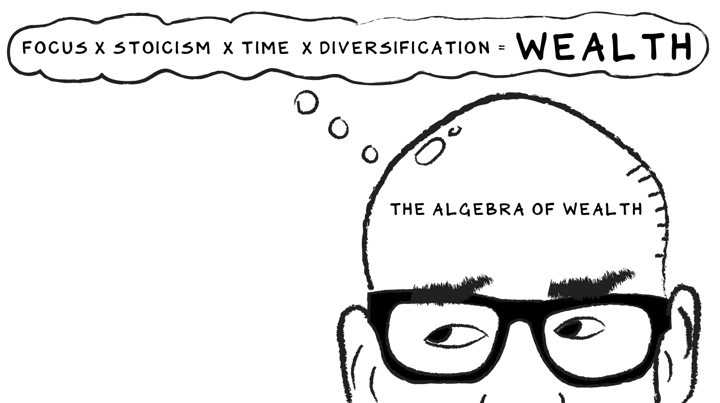
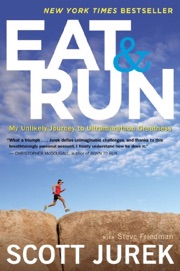
 Instead of focusing only on
Instead of focusing only on 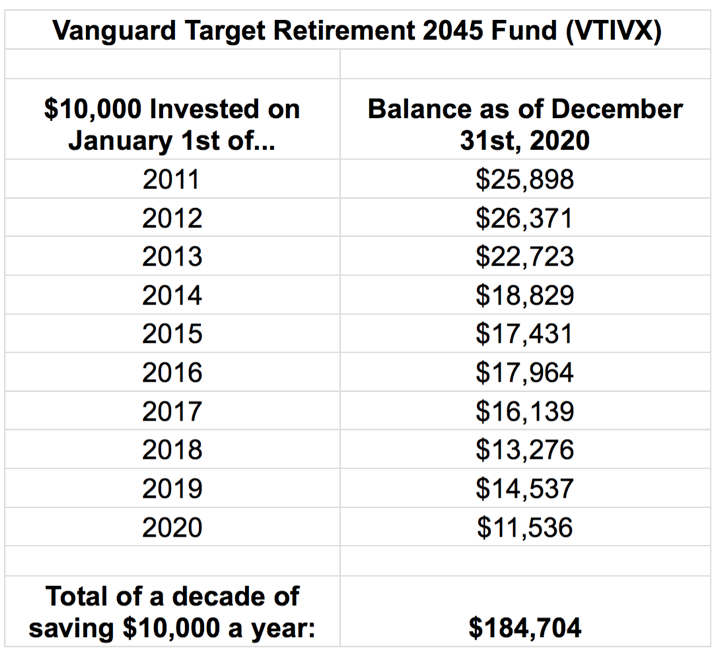
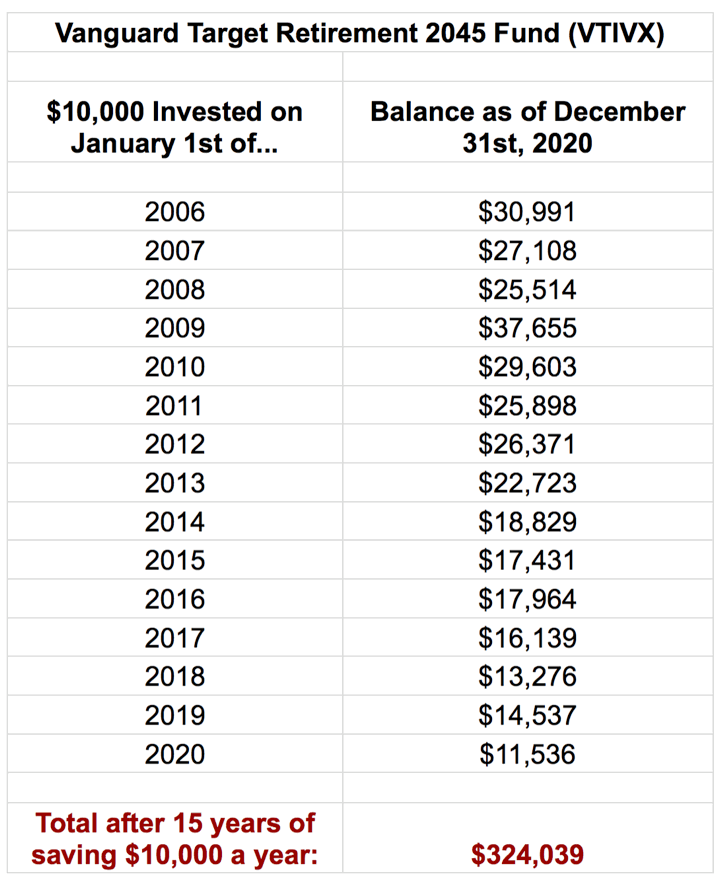


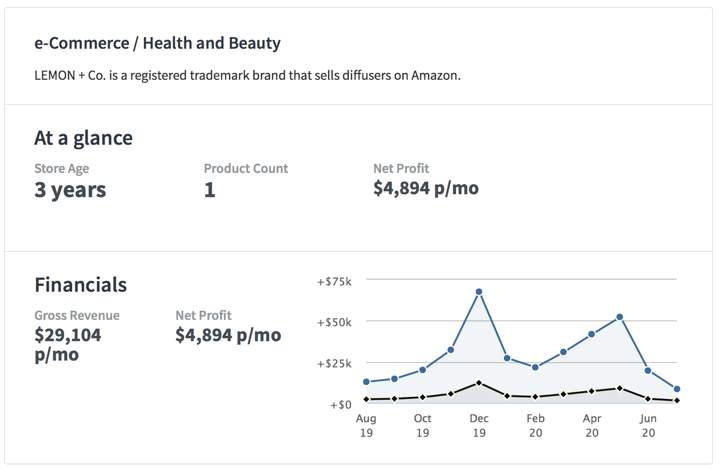
 Charles Munger is probably best known as the Vice Chairman of Berkshire Hathaway and longstanding investing partner of Warren Buffett. However, he has also been the CEO and/or Chairman of the Board of multiple other companies. This means there many additional sources of knowledge and wisdom beyond just
Charles Munger is probably best known as the Vice Chairman of Berkshire Hathaway and longstanding investing partner of Warren Buffett. However, he has also been the CEO and/or Chairman of the Board of multiple other companies. This means there many additional sources of knowledge and wisdom beyond just 
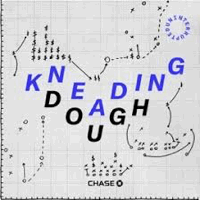 Another podcast that I discovered late is Kneading Dough, where famous athletes sit down and talk openly about their finances. Created by UNINTERRUPTED (founded by Lebron James and Maverick Carter) and sponsored by Chase, guests over the three seasons range from Lebron James to Serena Williams to Simone Biles. The description sounded similar to
Another podcast that I discovered late is Kneading Dough, where famous athletes sit down and talk openly about their finances. Created by UNINTERRUPTED (founded by Lebron James and Maverick Carter) and sponsored by Chase, guests over the three seasons range from Lebron James to Serena Williams to Simone Biles. The description sounded similar to 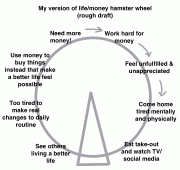
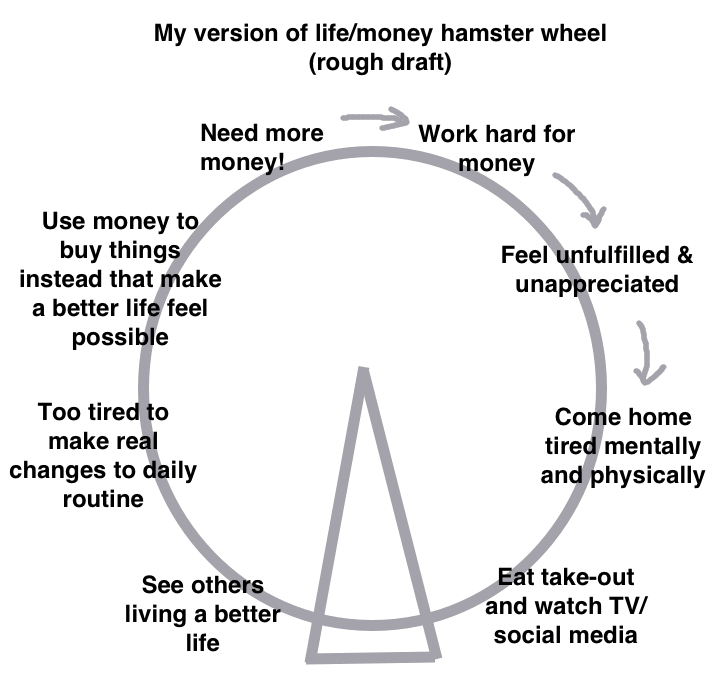
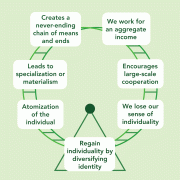 I started looking into financial independence because I simply couldn’t imagine doing what I was doing every weekday at that time for another 30 or 40 years. Some people know exactly what they want to spend their life doing, and it also pays the bills and then some. I was always envious of those folks. Strangely, I never really felt that making more money was the final answer. I saved diligently in order to quit my job and go back to school and explore alternate paths.
I started looking into financial independence because I simply couldn’t imagine doing what I was doing every weekday at that time for another 30 or 40 years. Some people know exactly what they want to spend their life doing, and it also pays the bills and then some. I was always envious of those folks. Strangely, I never really felt that making more money was the final answer. I saved diligently in order to quit my job and go back to school and explore alternate paths.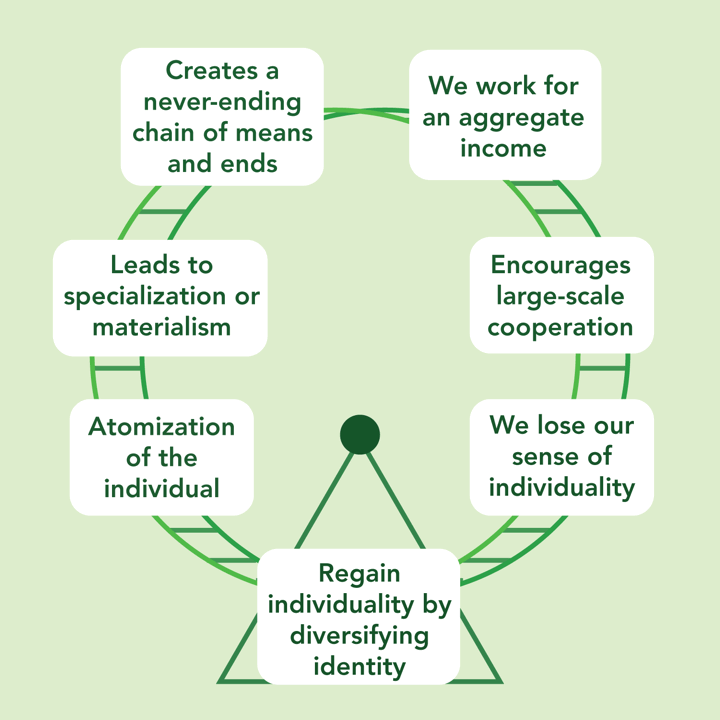
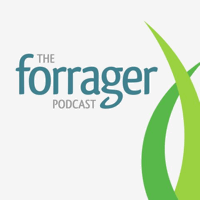

 The Best Credit Card Bonus Offers – March 2024
The Best Credit Card Bonus Offers – March 2024 Big List of Free Stocks from Brokerage Apps
Big List of Free Stocks from Brokerage Apps Best Interest Rates on Cash - March 2024
Best Interest Rates on Cash - March 2024 Free Credit Scores x 3 + Free Credit Monitoring
Free Credit Scores x 3 + Free Credit Monitoring Best No Fee 0% APR Balance Transfer Offers
Best No Fee 0% APR Balance Transfer Offers Little-Known Cellular Data Plans That Can Save Big Money
Little-Known Cellular Data Plans That Can Save Big Money How To Haggle Your Cable or Direct TV Bill
How To Haggle Your Cable or Direct TV Bill Big List of Free Consumer Data Reports (Credit, Rent, Work)
Big List of Free Consumer Data Reports (Credit, Rent, Work)